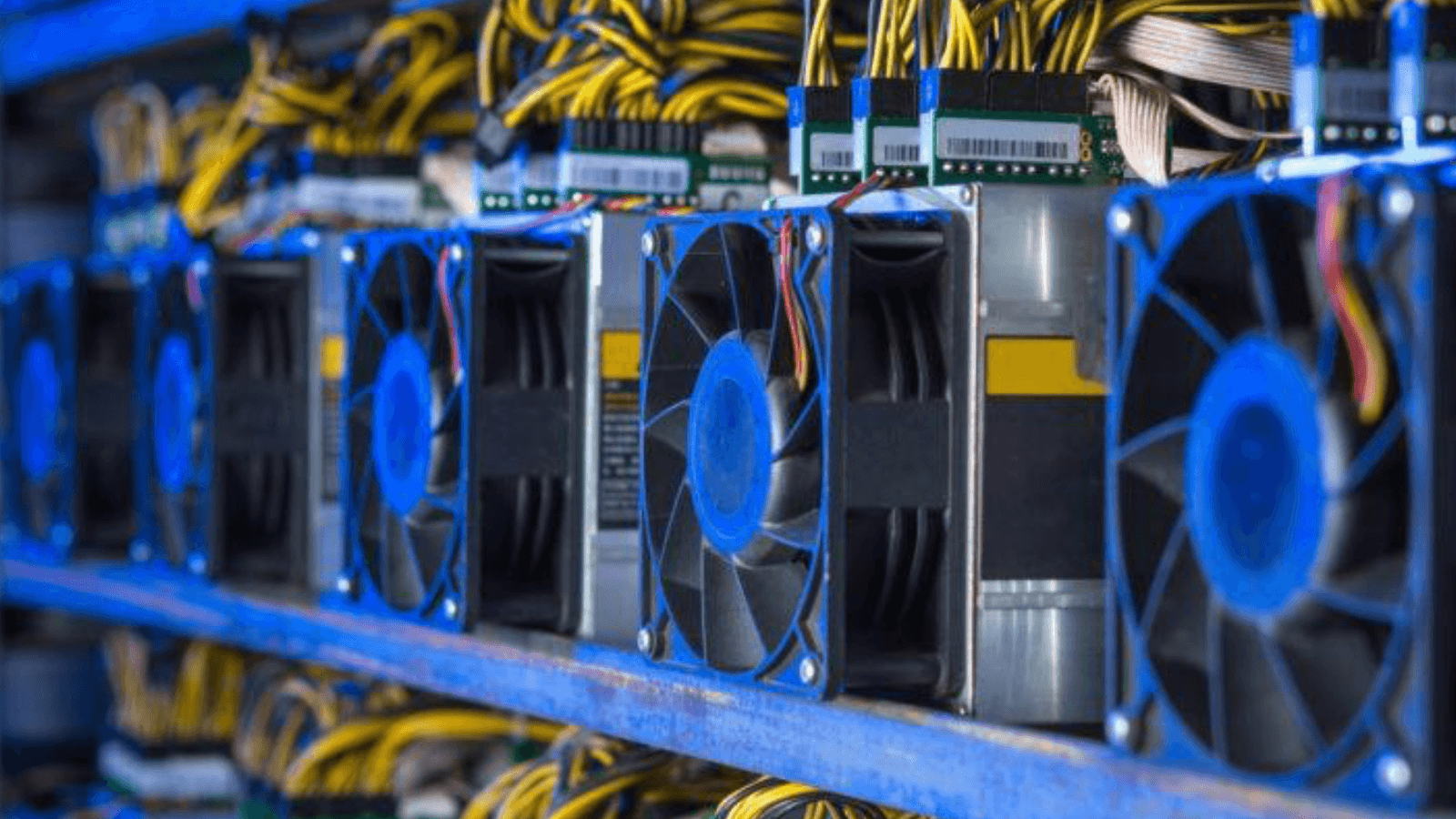Will New Lending Pool for Crypto Miners Attract Borrowers?
High interest rates could keep companies from using Icebreaker Finance’s loans, analyst says

Bitcoin mining farm | Source: Shutterstock
- New $300 million lending pool on Maple Finance’s platform could offer lenders interest between 15% and 20%
- Scaled miners could likely find a lower interest rate and longer payback period, Compass Point Research and Trading analyst says
Bitcoin miners on the hunt for capital have a new option — but whether the terms will be attractive to borrowers remains to be seen.
Institutions looking to loan to bitcoin miners can now earn between 15% and 20% annually via a lending pool launched by Icebreaker Finance through Maple Finance’s DeFi lending market, the companies said Tuesday.
Previous Maple pools — which have targeted different risk profiles and shorter terms — lend at rates between 8% and 12%, Maple Finance CEO Sid Powell told Blockworks. The higher rates reflect the recent credit contraction, longer-tenured loans and the overall risk in mining now.
The loans in the pool — with an initial capacity of $300 million — carry a term of 12 to 18 months and will be collateralized by assets such as mining rigs, power transformers and digital assets.
The setup targets institutional credit investors and capital allocators as lenders, including high net-worth individuals, digital asset funds and traditional credit funds.
“We are finding these types of investors are drawn to the strong risk-adjusted returns in what is still seen as a more esoteric investment,” Powell said.
Maple has issued nearly close to $1.8 billion of loans since launching its first pool in May 2021. Crypto investment firm Maven 11 launched a $40 million institutional lending pool via Maple last month.
A good option for miners?
Intended borrowers are mid-sized bitcoin mining and digital asset infrastructure companies in North America, Canada and Australia that have “effective treasury management and prudent power strategies,” Maple said in a statement.
“We expect this to be attractive to public and private blue chip borrowers where their outstanding operational efficiency and low levels of leverage enables them to deploy marginal capital in an attractive manner — whether that be in adding capacity or in reducing volatility of income through collateralizing additional power purchase agreements,” Icebreaker Finance CEO Glyn Jones told Blockworks.
But the terms for miners seem to be “pretty onerous,” according to Chase White, a senior research and policy analyst for Compass Point Research and Trading.
“I think the type of miner that would take this offer is more likely to be a miner who needs capital to keep the ship afloat at just about any cost, which is not what the pool seems to be looking for,” White told Blockworks.
Interest rates ranging from 15% to 20%, with monthly principal payments, are on the higher end when it comes to similar arrangements, White added.
Argo Blockchain, for example, inked a $70.6 million equipment-backed financing agreement with NYDIG in May that matures in 24 months on a 12% interest rate.
“If a miner is already scaled and has a large amount of [bitcoin] on its balance sheet such that it’s only using debt to fund future growth and has enough current income to pay monthly principal and interest payments, I think it would be able to get a lower interest rate and longer payback period,” White said.
But Matthew Sigel, head of digital assets research at VanEck, said access to capital for miners has become limited amid the market downturn.
“The public equity capital markets are largely closed to bitcoin miners, so we’d expect decentralized pools like Maple’s to get some traction from miners looking to make it through to the next halving, despite the high interest rates,” Sigel said.
Some miners in need of cash have resorted to selling their holdings of late, or using its bitcoin as collateral for loans.
Hut 8 Mining CEO Jaime Leverton said during a panel at Blockworks’ Digital Asset Summit she expects more companies to use BTC stacks as collateral going forward.
“The infrastructure-backed debt markets have gotten really, really tight and rates have gotten very high, so we’ve seen less activity in that infrastructure debt space for sure,” she added. “From an equity markets perspective, we really see [at-the-market offerings] being the vehicle of choice for miners that have that opportunity.”
Hive Blockchain Technologies entered into an at-the-market equity offering agreement earlier this month to sell up to $100 million of company shares as it seeks to grow its bitcoin mining capabilities.
Hive Executive Chair Frank Holmes told Blockworks last week that the firm did so to capitalize on potential great buying opportunities in the down market.
Get the news in your inbox. Explore Blockworks newsletters:
- The Breakdown: Decoding crypto and the markets. Daily.
- 0xResearch: Alpha in your inbox. Think like an analyst.






